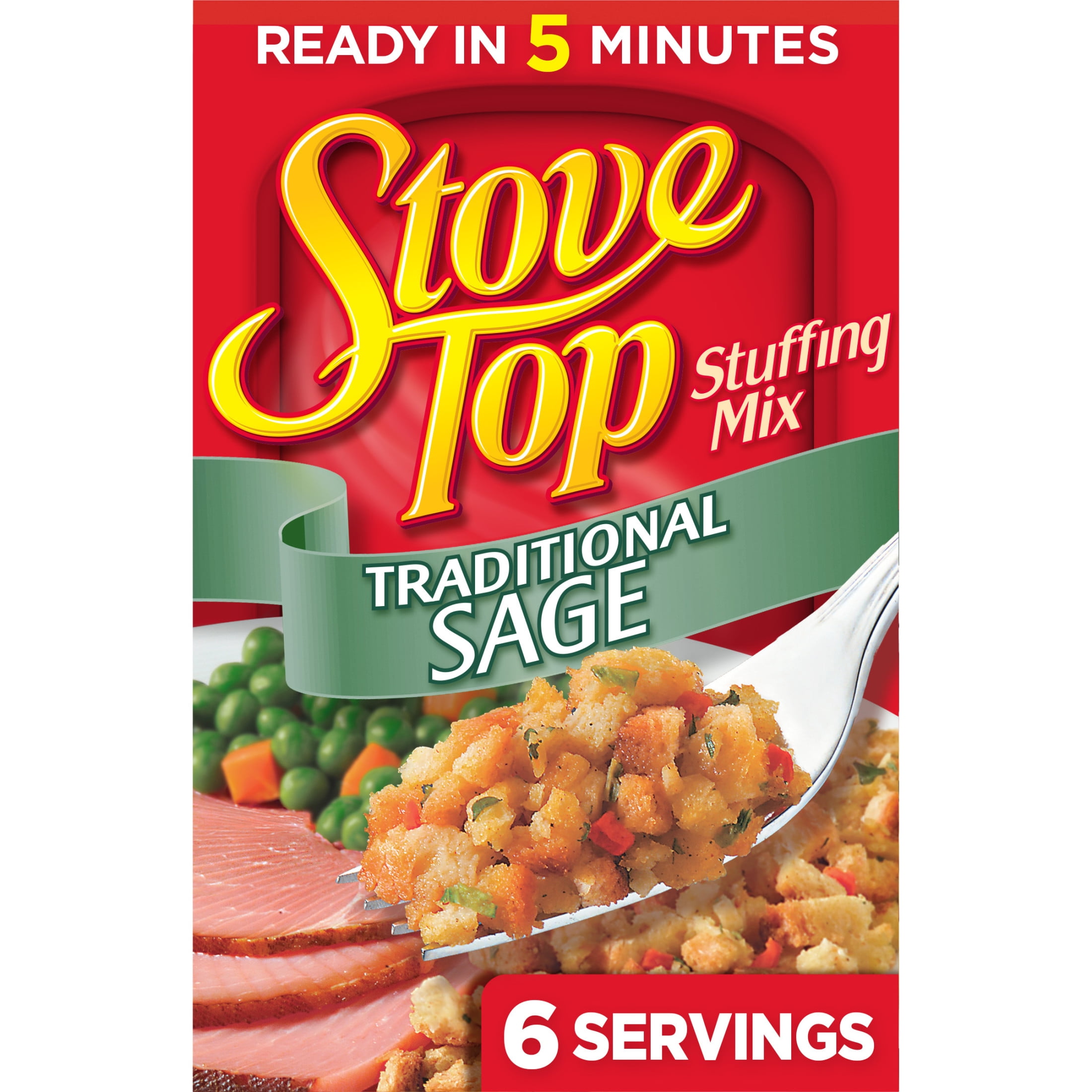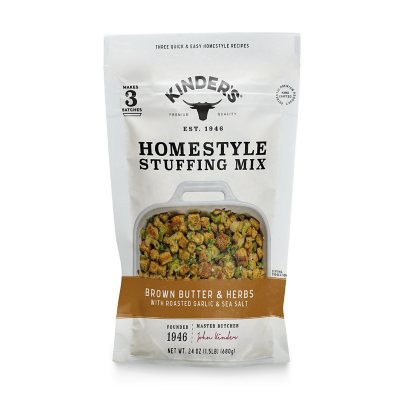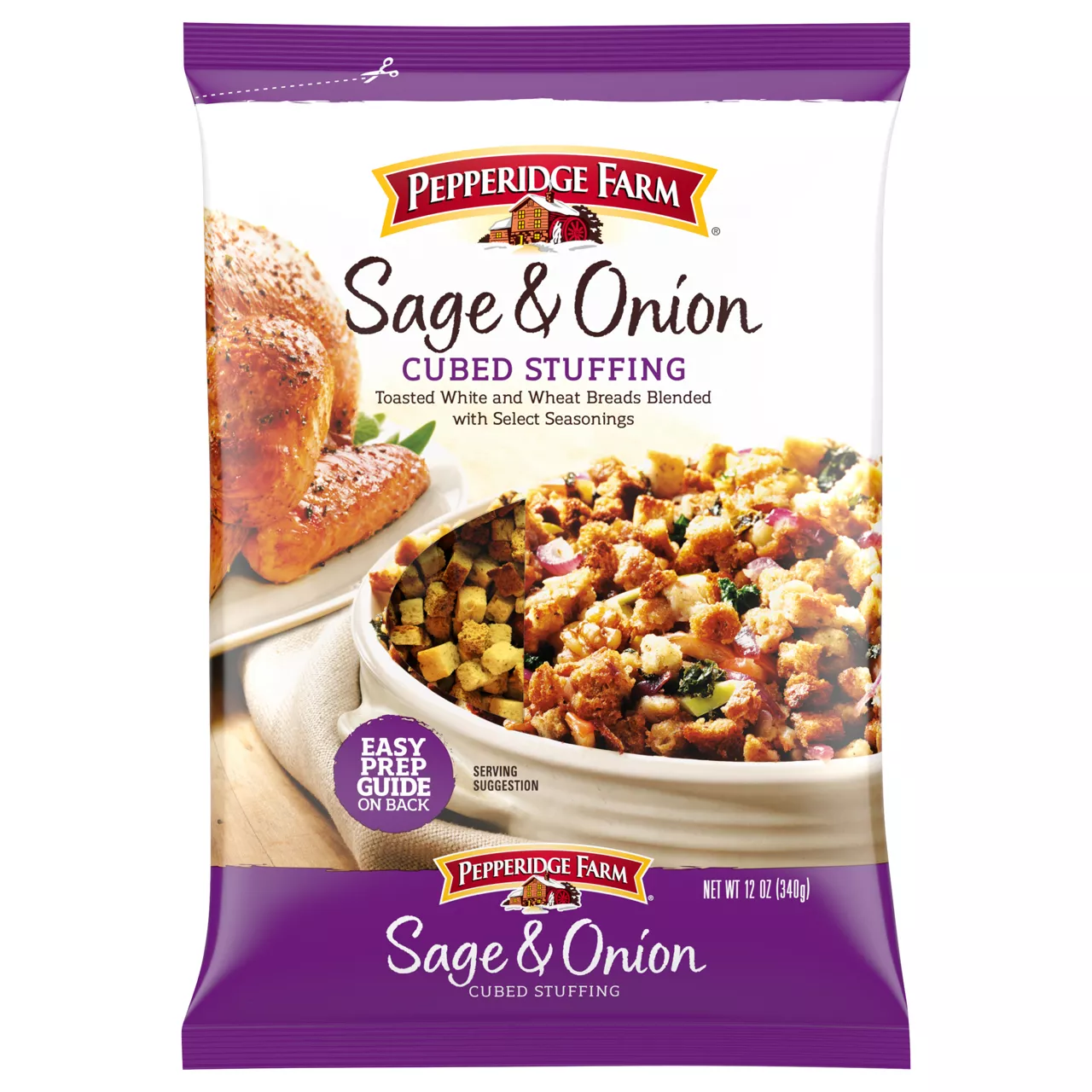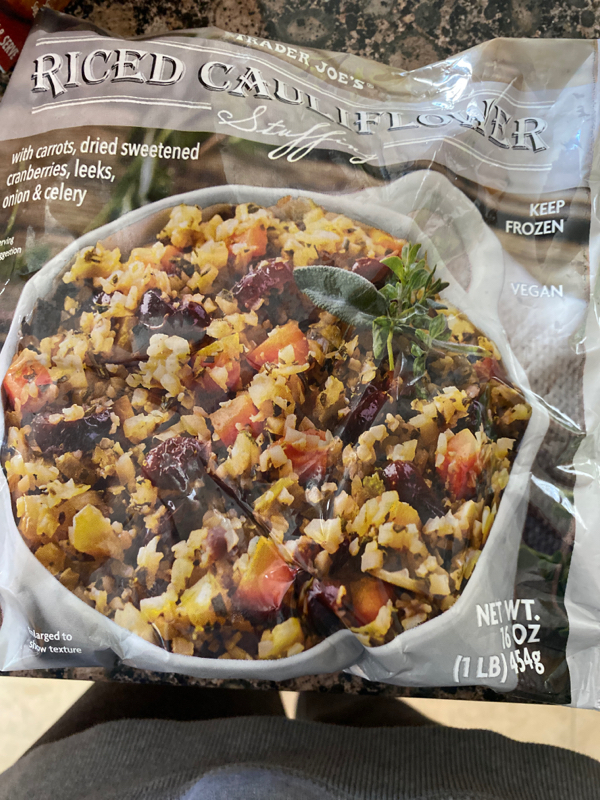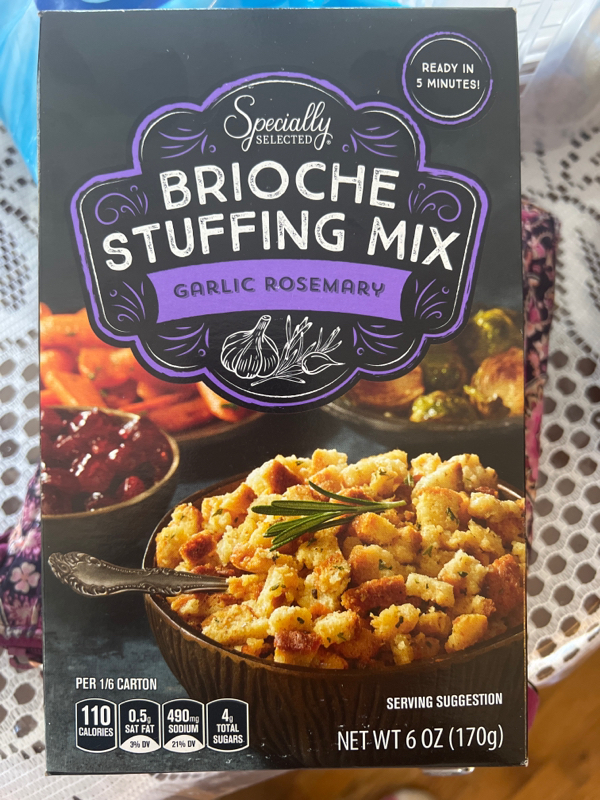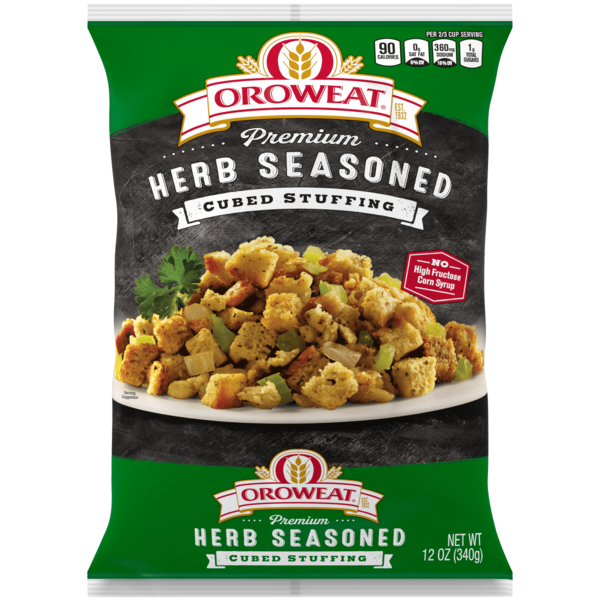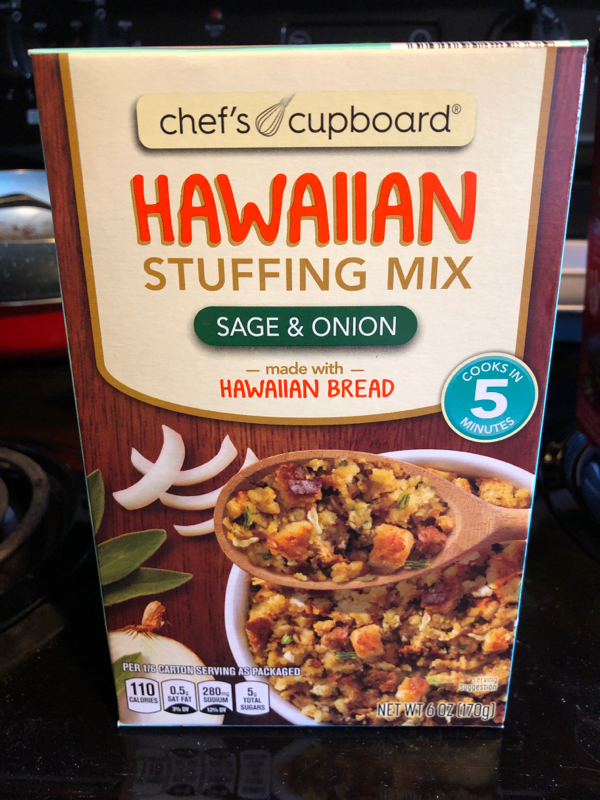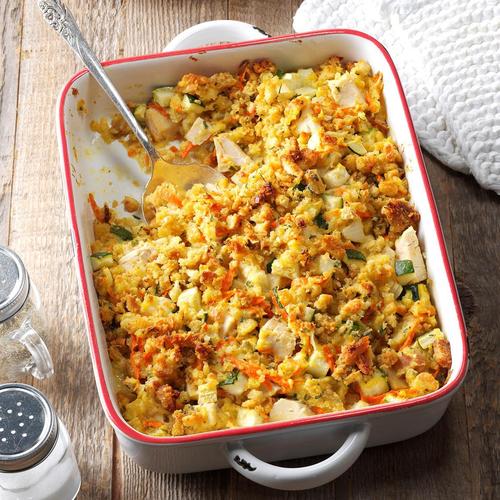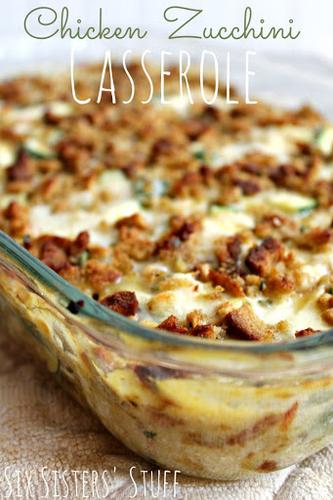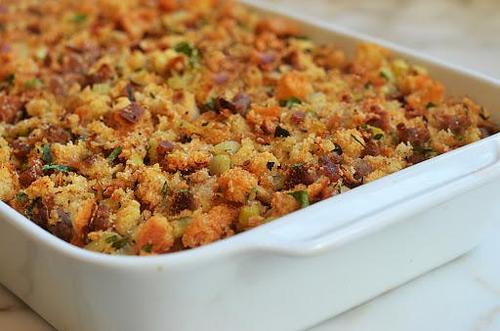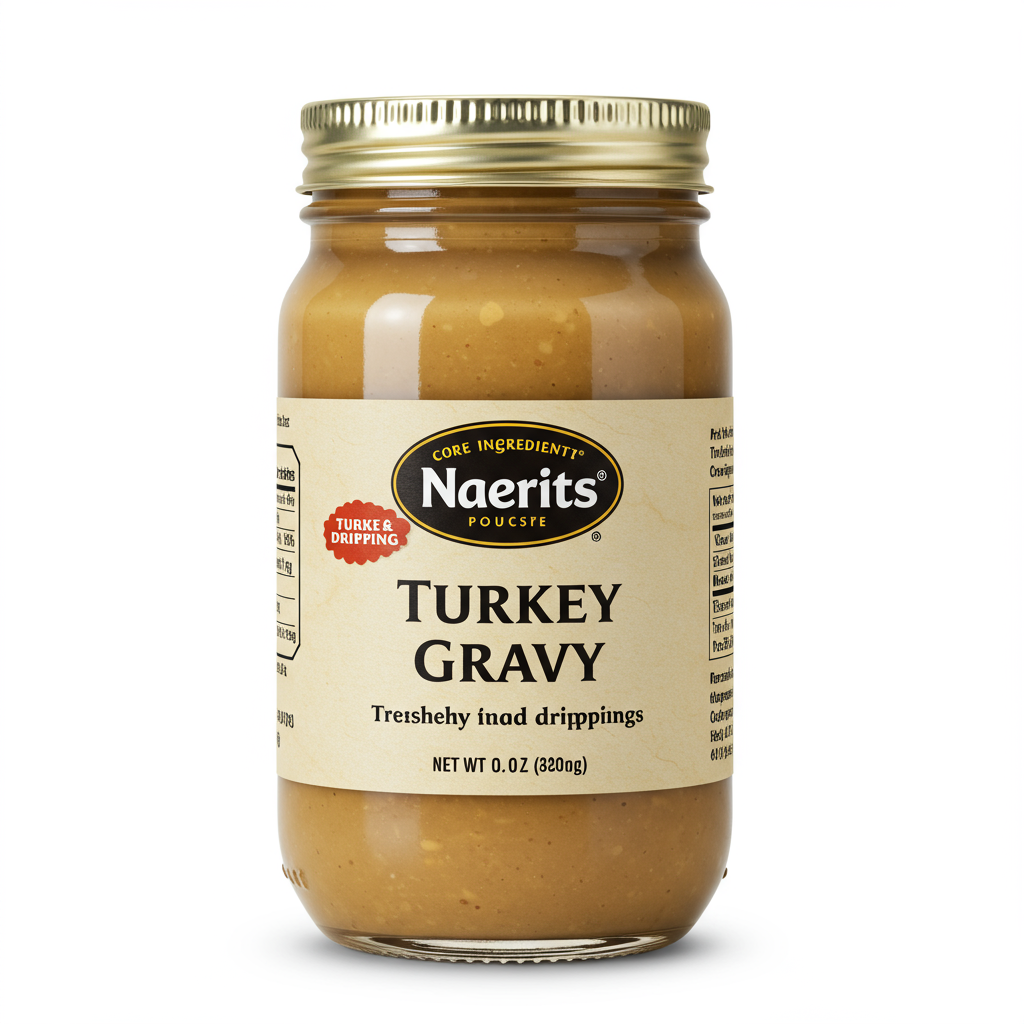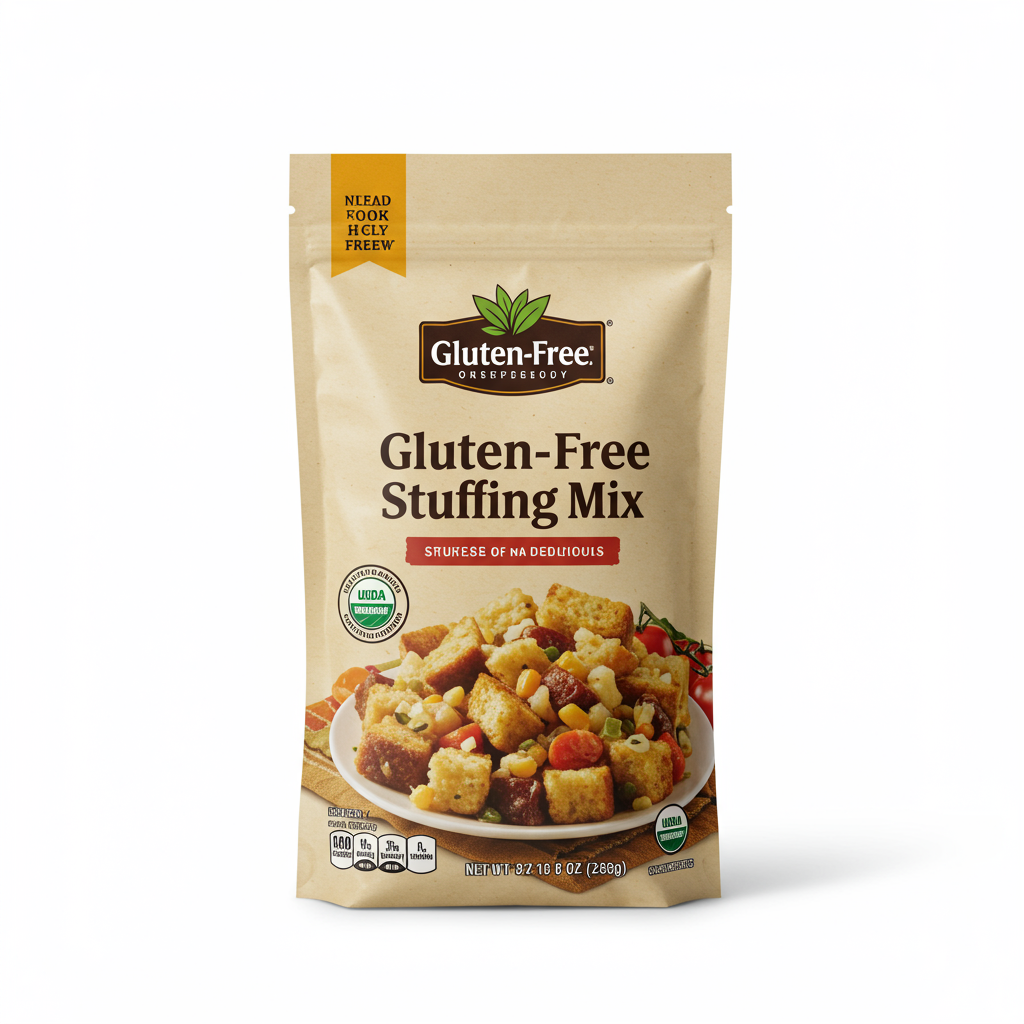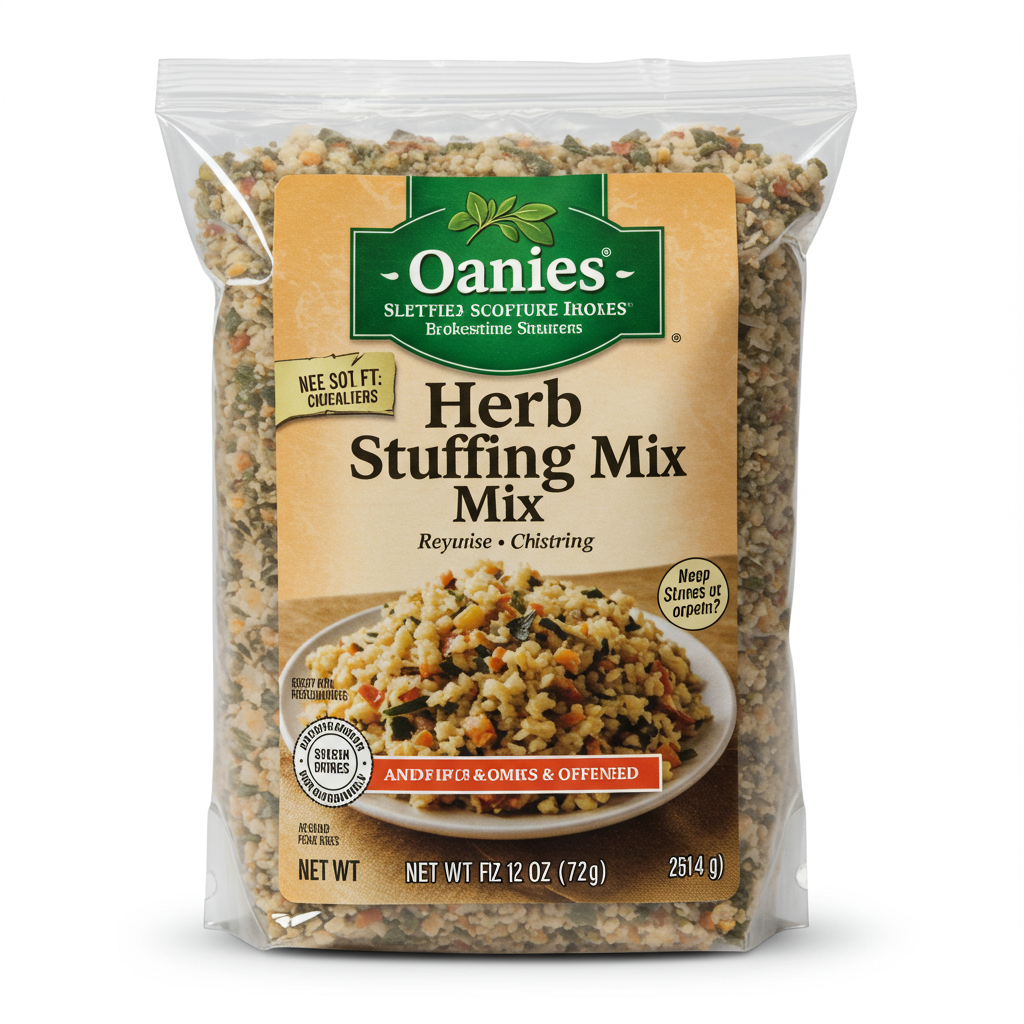SIDE DISHES
Stuffing Mix
Excellent for making quick, flavorful dishes, stuffing mix is a versatile pantry staple. Comprised primarily of dried, seasoned breadcrumbs, this mix is a fuss-free way to make traditional stuffing, an essential food item often served as a side dish alongside roast turkey or chicken.
Apart from serving as a stand-alone side or a filling for poultry, stuffing mix can liven up many other recipes. It works wonderfully in meatloaf or stuffed bell peppers, offering a delightful boost of flavor and texture. With stuffing mix in your kitchen cabinet, imaginative meal preparation is just a box away.
56%
CARBS
36%
FAT
8%
PROTEIN
788 Stuffing Mix Products
Stove Top Traditional Sage Stuffing Mix
Kinder's Homestyle Stuffing Mix
Stove Top Pork Stuffing Mix
Pepperidge Farm Sage & Onion Cubed Stuffing
Riced Cauliflower Stuffing
Hawaiian Stuffing Mix
Brioche Stuffing Mix- Rosemary
Oroweat Herb Seasoned Cubed Stuffing
United States Bakery Bakery Stuffing Mix
Hawaiian Stuffing Mix
Used In 19 Recipes
2
Homestyle Chicken and Savory Stuffing Casserole
1
Savory Sausage and Herb Bread Stuffing
4
Festive Sausage and Stuffing Bites
82
Chicken Zucchini Casserole
10
Crock Pot Cheesy Stuffing Chicken
60
Chicken Zucchini Casserole
5
The Easiest and BEST Meatloaf You Will Ever Make
335
Easy Sausage & Herb Stuffing
Stuffing Mix Is Frequently Used With
Stuffing Mix FAQ
Cooking stuffing can be a daunting task for newbies and even experienced home cooks. The primary challenge revolves around achieving the perfect balance of flavors and moisture in the stuffing. Ensuring the stuffing is well seasoned but not overly salty or spiced, moist but not soggy is essential. Another challenge is achieving a safe temperature when cooking the stuffing inside a bird which, if not done correctly, can lead to food-borne illnesses.
To get the most out of stuffing, consider both the taste and texture of other ingredients used. For instance, whole grain bread will offer a hearty flavor, while white bread gives the stuffing a light, fluffy texture. Use homemade or good quality stock as it plays a huge role in defining the taste. To avoid a dense texture, do not overmix the stuffing, as it compresses the ingredients.
There are tricks to enhance the stuffing. One is sautéing the vegetables to coax out their flavors before mixing with bread or croutons. Add-in ingredients like dried fruit, nuts, or sausage but keep the total volume consistent to maintain semblance of original recipe. Finally, if you're cooking the stuffing separately, try baking it uncovered for the last 15 minutes to get a crunchier top.
Some little-known tips for stuffing: stale bread is actually better as it soaks up more flavor from the broth and seasonings. Also, vegetarians can use vegetable broth and add in some hearty vegetables or mushrooms for a flavor boost.
How do I make my stuffing moist but not soggy?
How do I ensure my stuffing is flavorful?
Can I prepare stuffing ahead of time?
What types of bread can I use for stuffing?
Do I have to cook stuffing inside the bird?
Why is my stuffing dry?
Can I add other ingredients to my stuffing?
How much stuffing do I make per person?
How can I make my stuffing lighter and less dense?
How can I make a vegetarian stuffing?
Expiration & Storage Tips
When does stuffing expire?
When it comes to unopened, commercially-prepared stuffing mixes, they can typically last for about 18 months past the date printed on the package. However, once opened, they should be used within 2 months for the optimum taste and texture. Homemade stuffing, on the other hand, is best consumed within 48 hours when stored in the refrigerator. If you've frozen your homemade stuffing, it can keep for 1 to 3 months.
How do you tell if stuffing is bad?
You can identify if stuffing has gone bad by looking for moisture or mold growth, and by smelling it. The texture of stuffing will change when it's starting to deteriorate – it will become slimy or excessively mushy. An off-color or grayish color could also indicate spoilage. As for the smell, if the aroma is off or has a sour note to it, that's enough of a signal that the stuffing is no longer safe to consume.
Tips for storing stuffing to extend shelf life
• Store the stuffing separately from poultry to avoid cross-contamination.
• Pack homemade stuffing in airtight containers or heavy-duty freezer bags before refrigerating or freezing.
• To extend the shelf life of the stuffing, consider freezing them in individual portions for easy defrosting and reheating.
• When defrosting frozen stuffing, do so in the refrigerator to keep it at a safe temperature. It typically takes a day to thaw, so plan ahead.
• Make sure to heat thawed stuffing to at least 165 degrees Fahrenheit for safe consumption. You can use a food thermometer to check the internal temperature.
EXPIRES WITHIN
10 - 14
MONTHS
Health Info
Macros
11g
CARBS
7g
FAT
1g
PROTEIN
Allowed on these diets
LOW FAT
HIGH CALCIUM
VEGETARIAN
VEGAN
LACTOSE FREE
Contains these allergens
WHEAT

